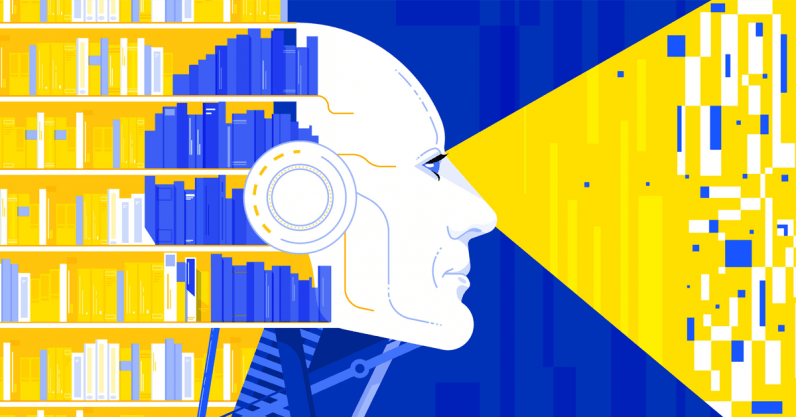
Researchers from Harvard University and MIT-IBM Watson Lab have created an AI-powered tool for spotting AI-generated text. Dubbed Giant Language Model Test Room (GLTR), the system aims to detect whether a specific piece of text was generated by a language model algorithm. You can give the tool a spin here. With AI and natural language generation models already employed to produce fake news and spread misinformation, GLTR has the potential to distinguish machine generated text from human-written text to a non-expert reader. According to results shared by the researchers, GLTR improved the human detection-rate of fake text from 54 percent to 72…
This story continues at The Next Web
from The Next Web https://ift.tt/2ZjMfj2
Comments
Post a Comment